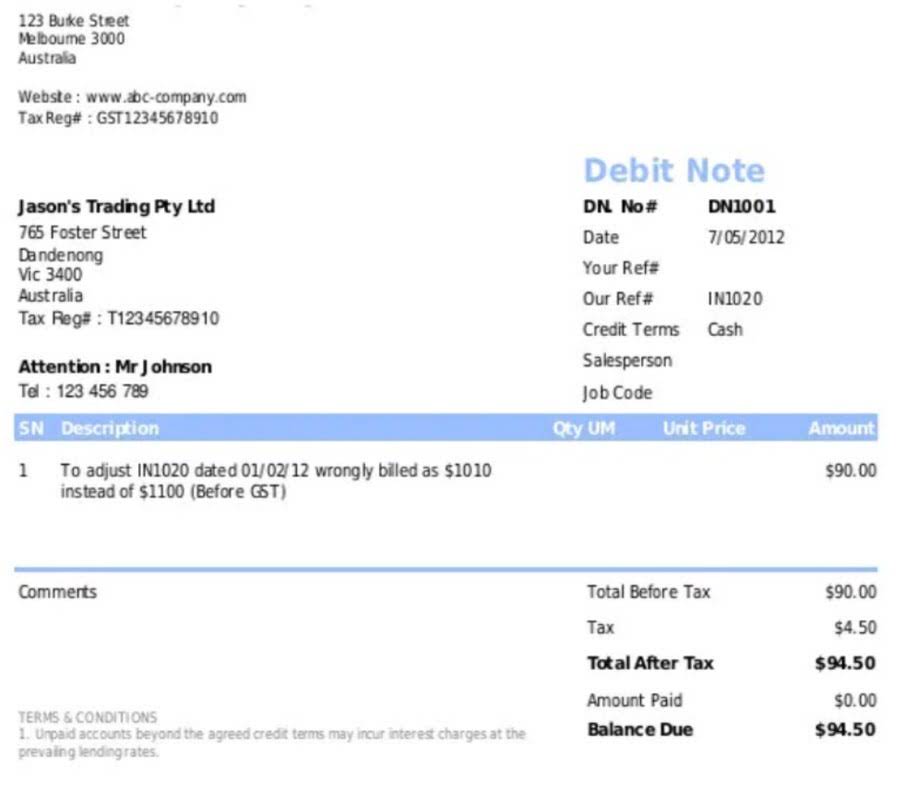
With the bi-weekly payroll, https://www.bookstime.com/articles/predetermined-overhead-rate they collect 2 paychecks more — 26 per year. To help you better understand the difference between bi-weekly and semi-monthly payroll frequency, we have made a table with all pay periods and pay dates for 2024. In fact, understanding the difference between semi-monthly and bi-weekly pay schedules can make a big difference in budgeting and financial planning. Because you must run payroll on a different day of the week, you could lose track of your responsibility.
What Is a Semimonthly Pay Schedule?
If this is a constant problem for you, check out our article on this topic. Companies that choose to run payroll semi-monthly pay their workers on a fixed date every month (1st and 15th or 15th and 30th). Your payroll department has less work, with only one payroll semi monthly vs bi-weekly cycle to contend with each month.

Pay frequency preferences for employers

Paychecks on a biweekly pay schedule are paid out every other Friday. This means that your paycheck lands on the same day every time, unlike semimonthly. However, the days of the month vary, and even the number of times per month you get paid can change. A couple of months out of the year, you will get three paychecks as https://www.facebook.com/BooksTimeInc/ opposed to just two. Different employers will have different payroll schedules, and you may wonder exactly what the differences and pros and cons are.
- Paychecks on a biweekly pay schedule are paid out every other Friday.
- It is essential to know the various types of pay periods and how they affect your business and your employees — but it can be confusing.
- As the number of days in a month varies, how much pay you get will also change.
- You might not be able to use biweekly or semimonthly pay frequencies in certain states.
- In this article, we will dive into the differences between biweekly and semi-monthly pay periods, helping you understand what they mean and how they may impact your finances.
- The total number of paychecks employees on semi-monthly payroll schedules receive per year is 24.
- Set limits, turn tracked time into automated timesheets, and send invoices with Hubstaff.
Guide to Employee Misclassification For Global Employers
- Because you have no control over the number of days between paychecks, your paychecks may vary greatly.
- Though it is the most cost-effective option for employers, employees are forced to wait a whole month to receive each pay check.
- Bi-weekly pay schedules are the most common, especially in the United States due to state laws.
- This pay schedule is favored by most U.S. companies as it ensures employees are frequently paid without burdening HR teams with excessive admin work.
- The prefix “bi” means two, so it’s a one-word way of saying two weeks.
Your employees are usually fine with this setup as they know they can expect their pay every second Friday. Second, if you choose to pay your team biweekly, you will end up having two months of the year where you will be paying them three times instead of two. This requires payroll expense accruals, so your accountant can identify costs in the month the additional compensation was paid. While the number of hours you work under a biweekly schedule can also vary, they’re more likely to remain similar to every pay cycle if you’re working full time.

Lucky for you, we’ve compiled a full guide on what makes these two types of payrolls different. Yes, industry-specific standards influence the choice between bi-weekly vs semi-monthly payroll. These include the nature of the workforce, common standards within the industry, operational practices, and regulatory requirements. Several factors come into play when choosing between semi-monthly vs bi-weekly payroll.

